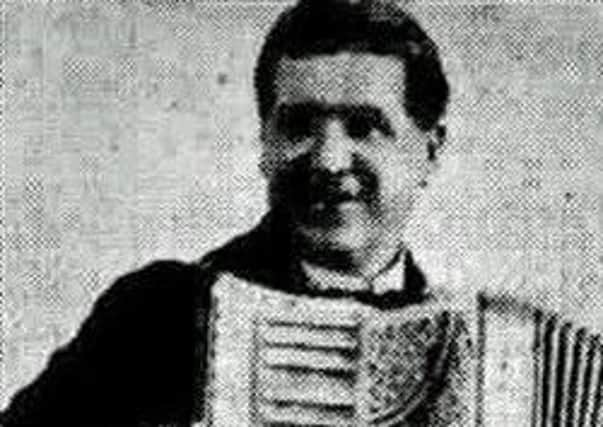Musician immortalised at port


He had a good singing voice and from an early age showed a real aptitude for music, especially the banjo, ukulele, guitar, saxophone and lute. By his late teens he was beginning a career as a professional musician.
Around the turn of the century, he decided to use his talents to travel the world, including China, spending 15 years in South Africa where he even experimented playing his banjo in a lion’s cage to see whether music really did soothe the animal’s savage breast.
Advertisement
Hide AdAdvertisement
Hide AdIn the 1920s, he returned to Britain and his name starts appearing in the early radio broadcasts. He began with the early Manchester radio station, 2ZY, which broadcast from a cramped hut in the Trafford Park grounds of the Metropolitan-Vickers electricity company, before radio was taken under the wing of the BBC in 1927 and divided into regions. He gathered a fine banjo band together for these broadcasts and, as with the earlier lion’s cage performance, experimented with various locations. In December 1935, he performed from a cavern underneath the Clow Bridge reservoir between Burnley and Rawtenstall, with the addition of sound effect bells.
A Lancashire Daily Post reporter quoted him: “The echo is absolutely astonishing. It goes on for about half a minute, amplifying the sound to a tremendous degree. I shall be playing in the dark. The place is very dark and very, very cold. I’m sure Santa Claus lives there.”
In the mid-30s he opened a shop in Cannon Street, Preston, selling stage make-up and effects, and that was where he based his music school. He made records and recorded himself and his students, and his skills extended to making stringed instruments: the scroll saw he used is in the museum at Farmer Parr’s, Fleetwood.
He seemed fascinated by various styles of music and his orchestra underwent frequent changes of identity: his Gypsy Orchestra, his Hawaiian Orchestra, his Piano-Accordion Band and his Harmony Boys. Whatever the band name, he was a stickler for discipline and his instructions involved liberal use of capitals for emphasis. For example: “Always pay strict attention to the INSTRUCTOR and DO NOT PLAY A NOTE until asked for by Mr Earle. STRICT DISCIPLINE MUST BE ADHERED TO.”
Advertisement
Hide AdAdvertisement
Hide AdDespite the rather strict, severe character suggested by these rules, at the time of his death in 1960, Earle was held in high regard by show business celebrities and the many people he taught to play.
• With thanks to Preston Digital Archive and the museum at Farmers Parr’s.
* See more from Memory Lane in tonight’s Gazette.